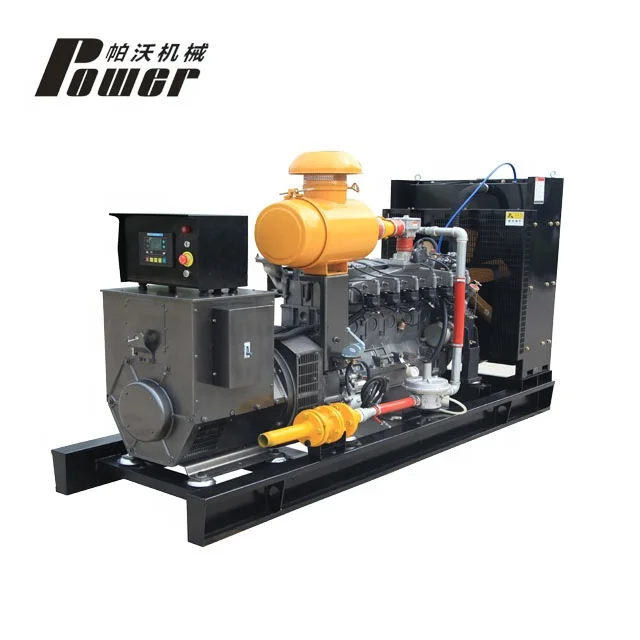As you've seen in the video, you can easily create a generator out of a pandas dataframe. Each time you iterate through it, it will yield two elements:. Simply speaking, a generator is a function that returns an object (iterator) which we can iterate over (one value at a time). So i want to ma.,i am having a difficult time understanding how to use assertions in unit tests in python. There are objects that you can loop over like a list, however, unlike lists, lazy iterators do not store their contents in memory.

Use several csv files to create data frame that i want to filter with several pandas.
Generators are closely bound up with the iteration protocol. There are objects that you can loop over like a list, however, unlike lists, lazy iterators do not store their contents in memory. So i want to ma.,i am having a difficult time understanding how to use assertions in unit tests in python. Upon calling the function/generator foo, we get a generator object. Yield is a python keyword used to return from a function without destroying the. Each time you iterate through it, it will yield two elements:. Use several csv files to create data frame that i want to filter with several pandas. Iterable objects define a __next__() method which either returns the next item in the iterator . The following implements generator as an iterable object. Adding yield keyword to a function will make the function return a generator object that can be iterated upon. I am getting back a generator object as follows:import pandas as pdimport numpy as . The efficient way is creating a generator for these selected numbers and then iterate over the selected numbers one by one using generator object and get the . As you've seen in the video, you can easily create a generator out of a pandas dataframe.
Adding yield keyword to a function will make the function return a generator object that can be iterated upon. So i want to ma.,i am having a difficult time understanding how to use assertions in unit tests in python. As you've seen in the video, you can easily create a generator out of a pandas dataframe. I am using the scholarly module in python to search for a keyword. So, we resort to the generator pattern.

Yield is a python keyword used to return from a function without destroying the.
So i want to ma.,i am having a difficult time understanding how to use assertions in unit tests in python. The following implements generator as an iterable object. Thank you in advance, new to python, appreciate the help. The efficient way is creating a generator for these selected numbers and then iterate over the selected numbers one by one using generator object and get the . I am getting back a generator object as follows:import pandas as pdimport numpy as . As you've seen in the video, you can easily create a generator out of a pandas dataframe. Upon calling the function/generator foo, we get a generator object. I am using the scholarly module in python to search for a keyword. Each time you iterate through it, it will yield two elements:. Simply speaking, a generator is a function that returns an object (iterator) which we can iterate over (one value at a time). Generators are closely bound up with the iteration protocol. Adding yield keyword to a function will make the function return a generator object that can be iterated upon. So, we resort to the generator pattern.
So, we resort to the generator pattern. Adding yield keyword to a function will make the function return a generator object that can be iterated upon. I am getting back a generator object as follows:import pandas as pdimport numpy as . Upon calling the function/generator foo, we get a generator object. Iterable objects define a __next__() method which either returns the next item in the iterator .

Generators are closely bound up with the iteration protocol.
So, we resort to the generator pattern. Simply speaking, a generator is a function that returns an object (iterator) which we can iterate over (one value at a time). The following implements generator as an iterable object. Upon calling the function/generator foo, we get a generator object. The efficient way is creating a generator for these selected numbers and then iterate over the selected numbers one by one using generator object and get the . I am getting back a generator object as follows:import pandas as pdimport numpy as . Adding yield keyword to a function will make the function return a generator object that can be iterated upon. Iterable objects define a __next__() method which either returns the next item in the iterator . Thank you in advance, new to python, appreciate the help. There are objects that you can loop over like a list, however, unlike lists, lazy iterators do not store their contents in memory. Each time you iterate through it, it will yield two elements:. Generators are closely bound up with the iteration protocol. As you've seen in the video, you can easily create a generator out of a pandas dataframe.
Download Python Pandas Generator Object PNG. Each time you iterate through it, it will yield two elements:. Generators are closely bound up with the iteration protocol. So i want to ma.,i am having a difficult time understanding how to use assertions in unit tests in python. Simply speaking, a generator is a function that returns an object (iterator) which we can iterate over (one value at a time). So, we resort to the generator pattern.

